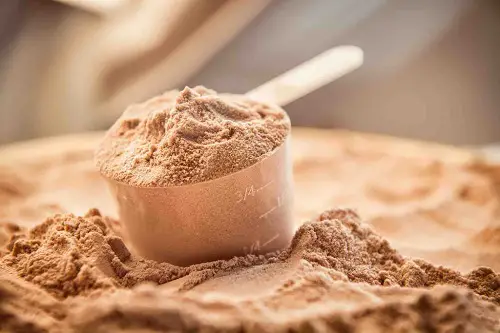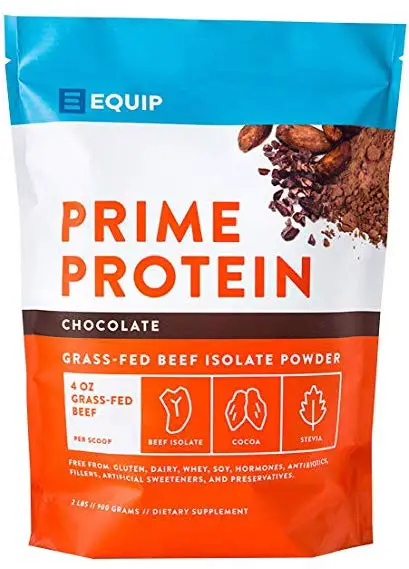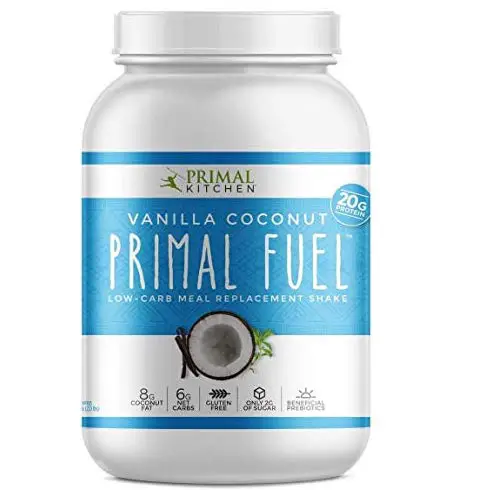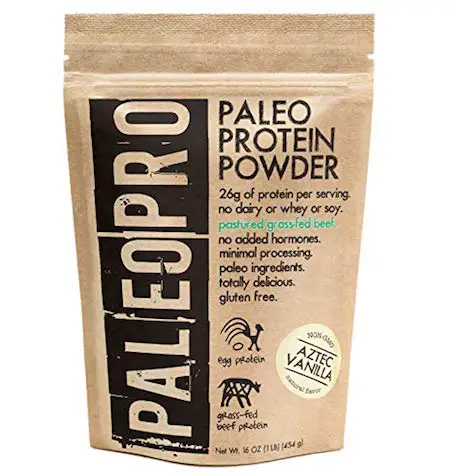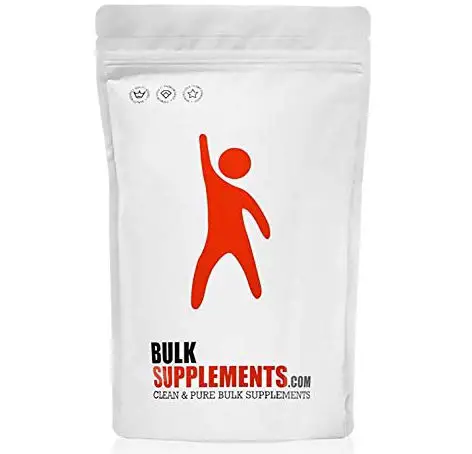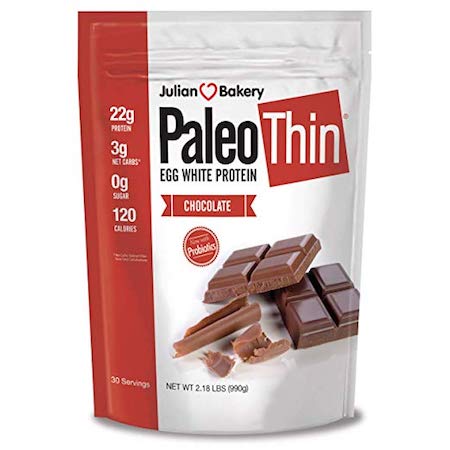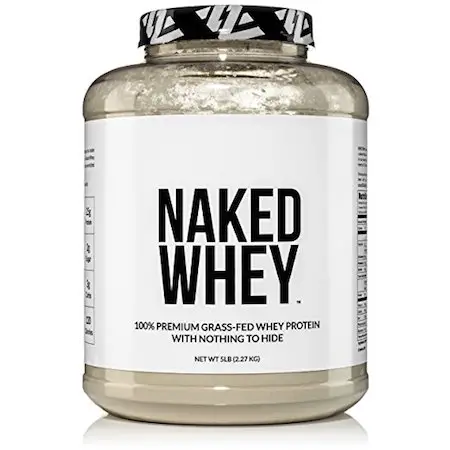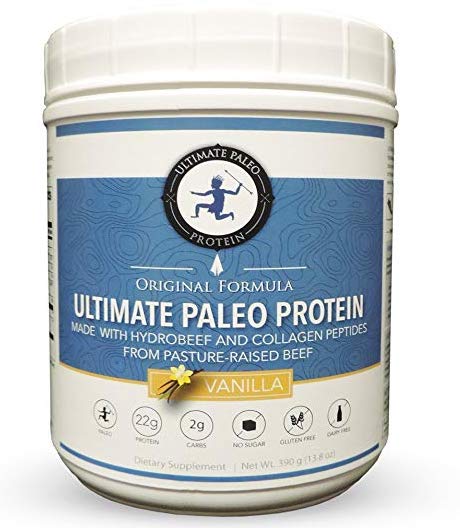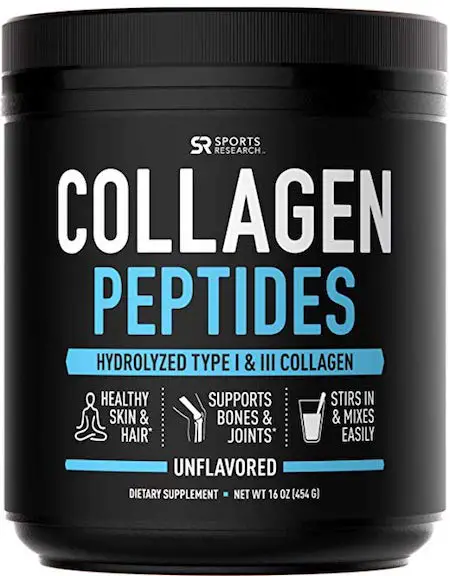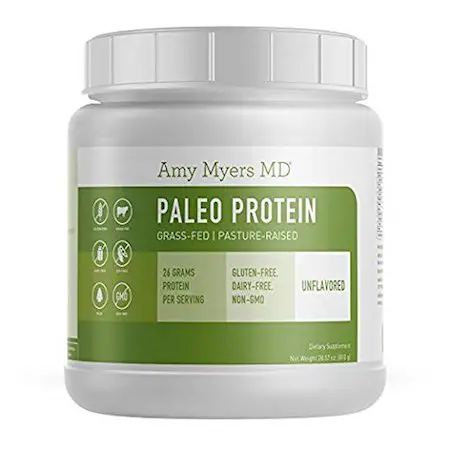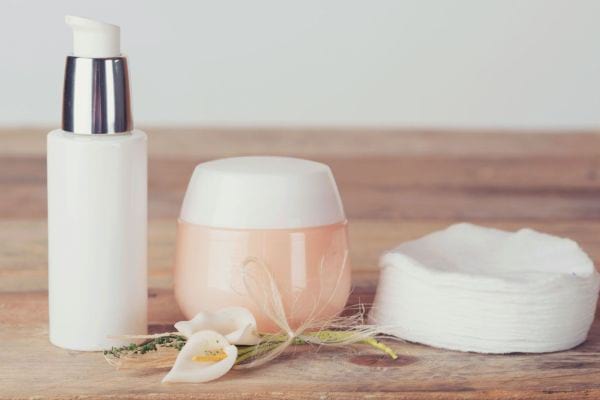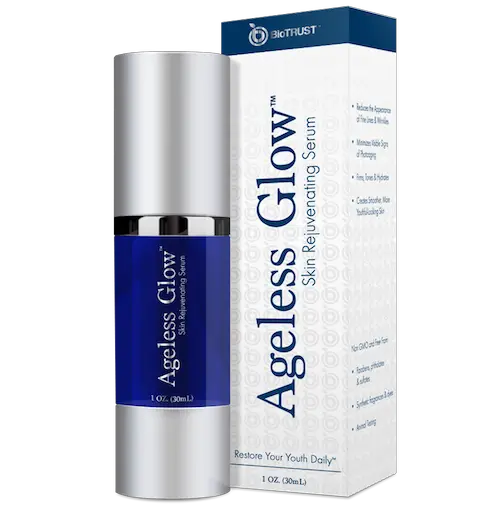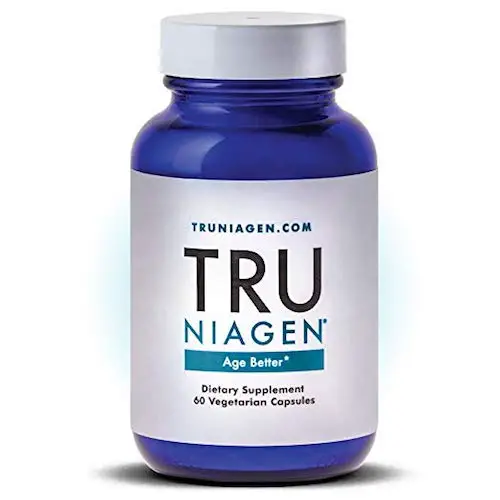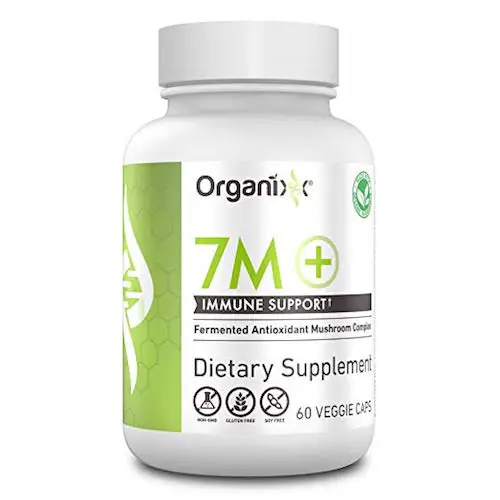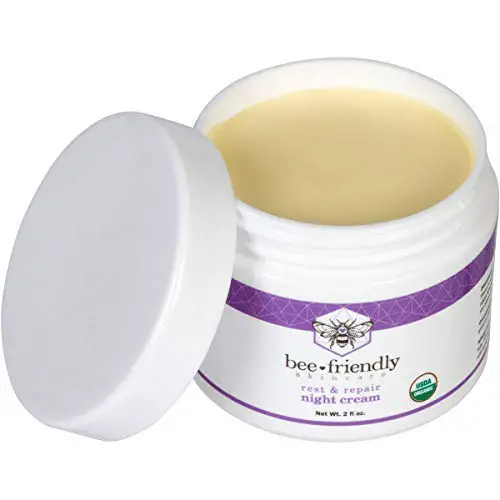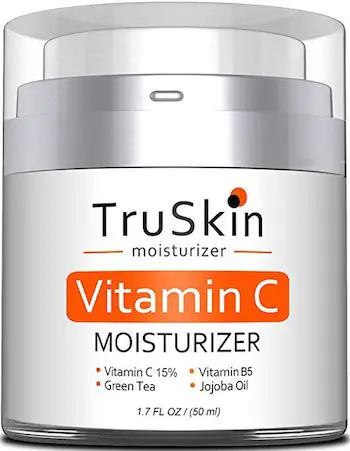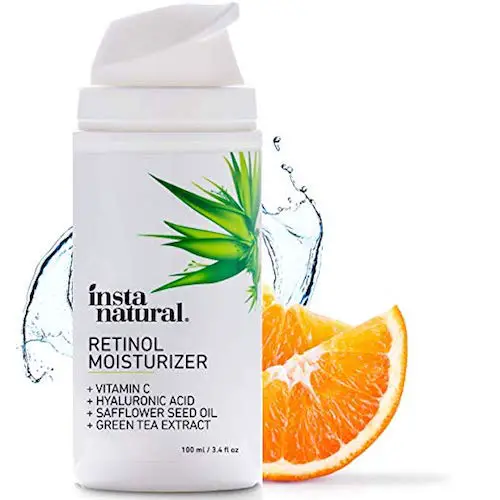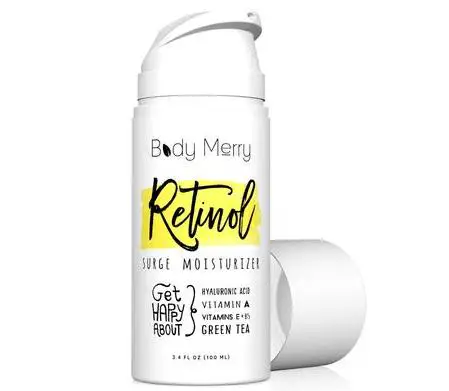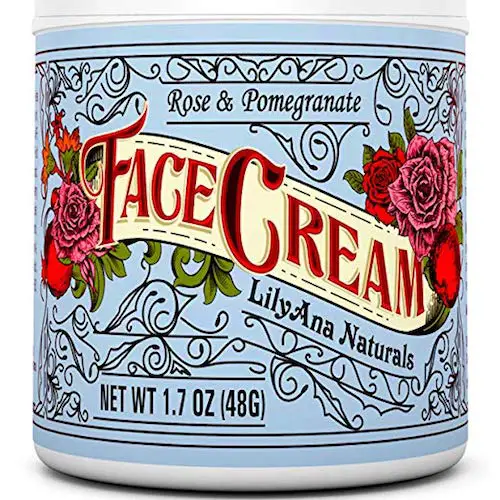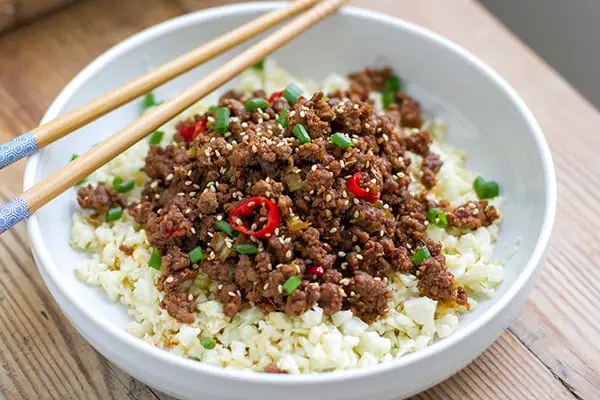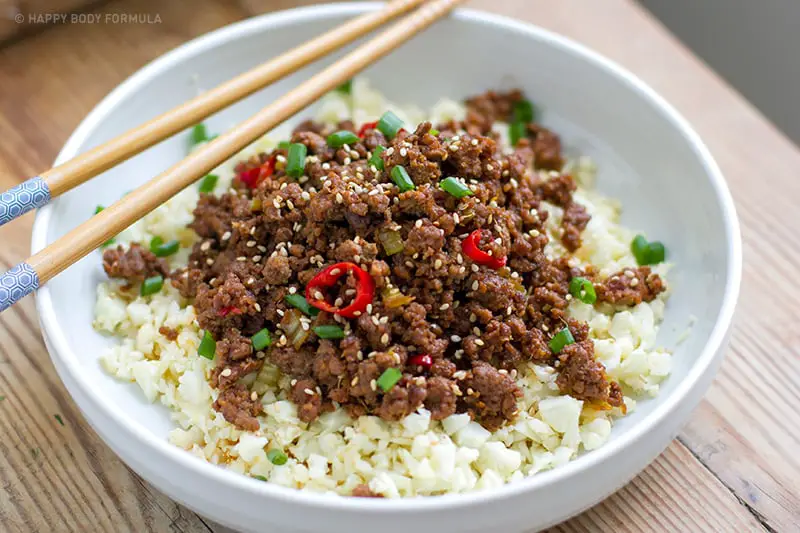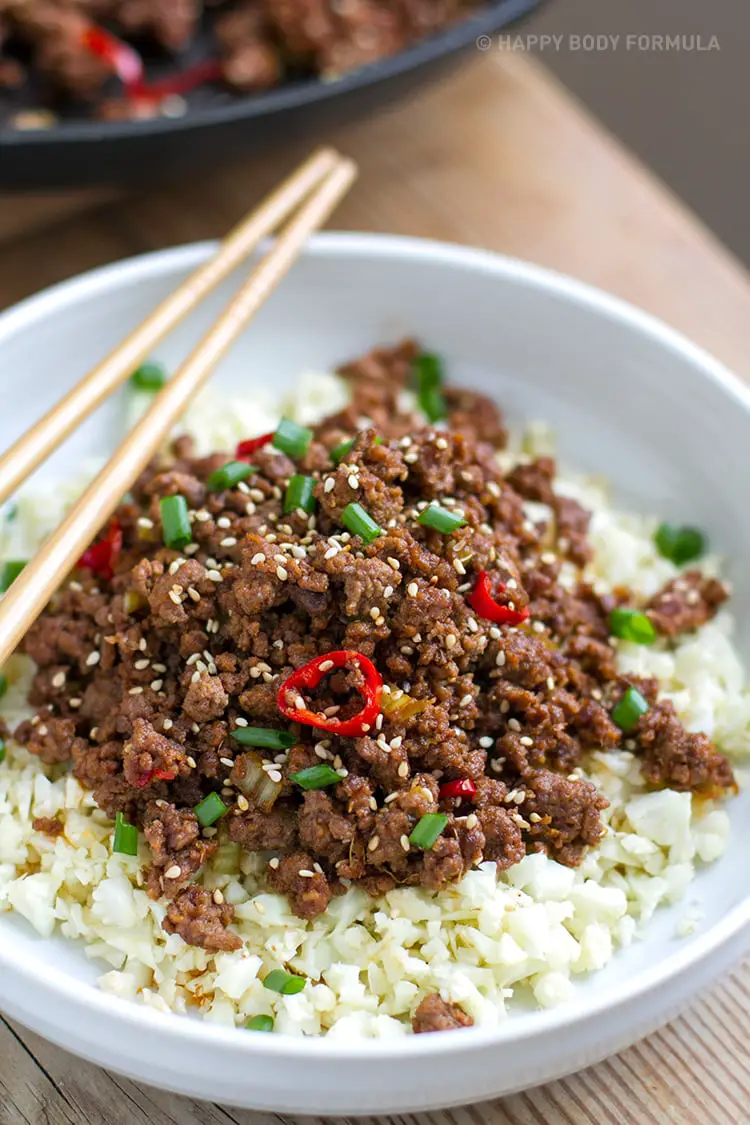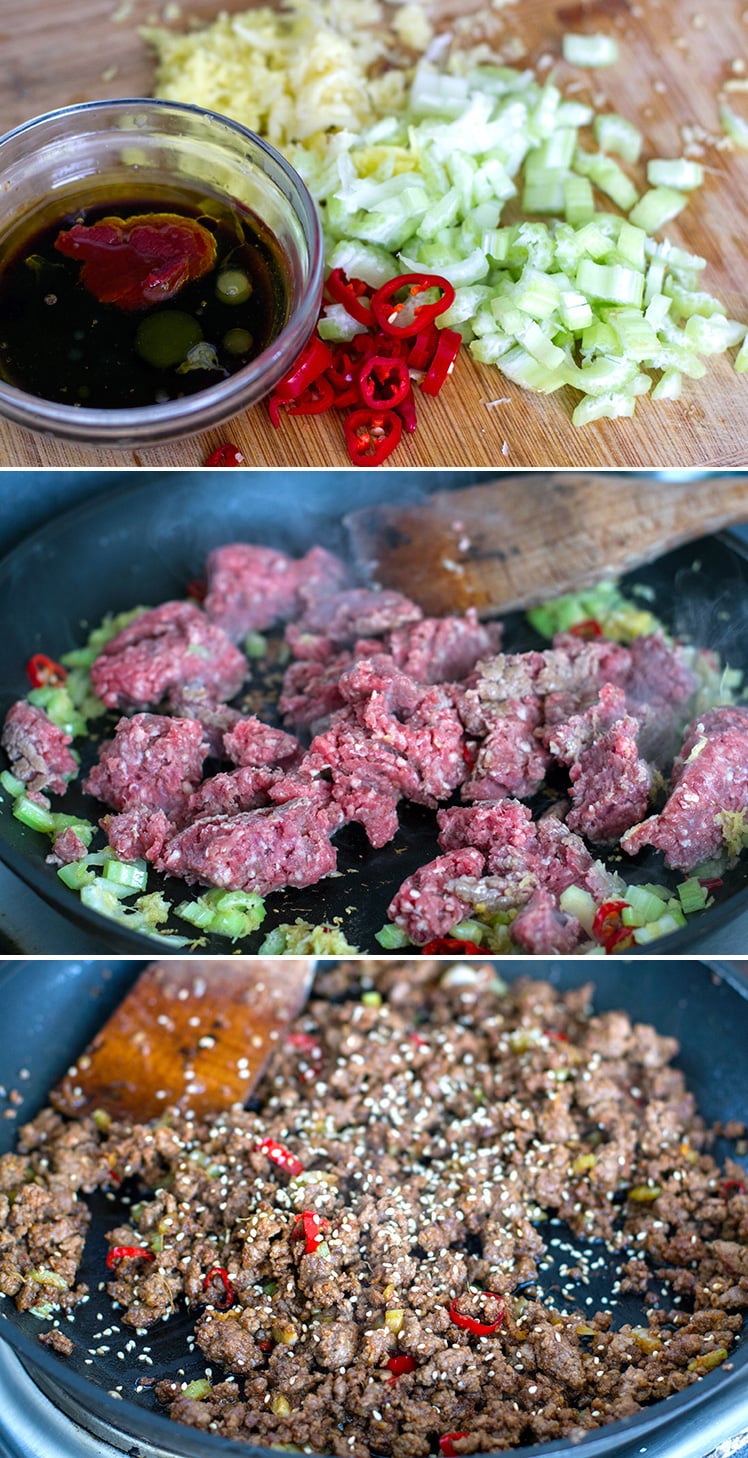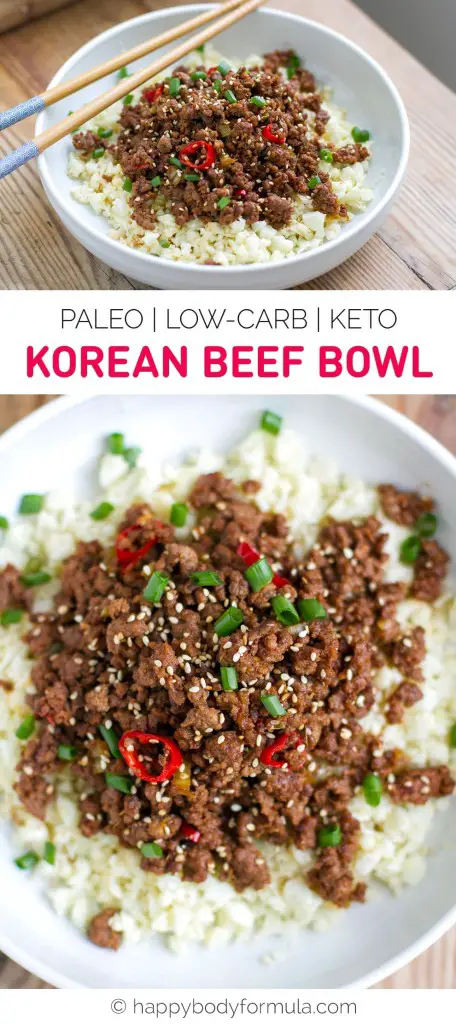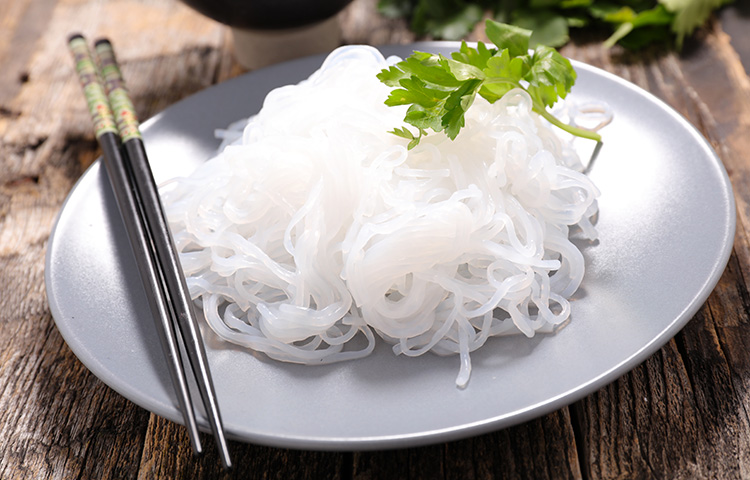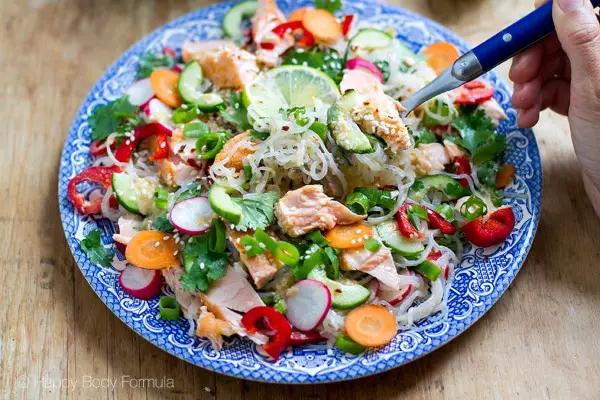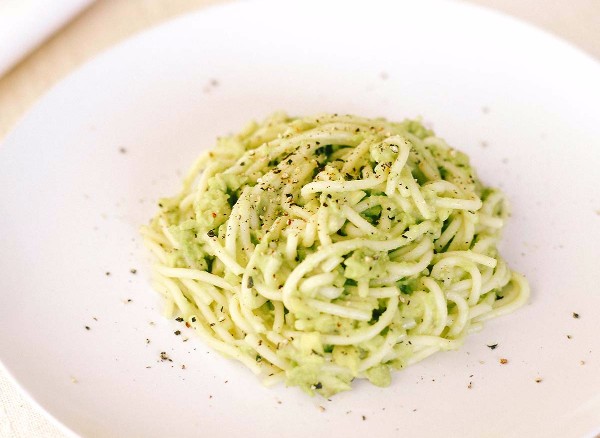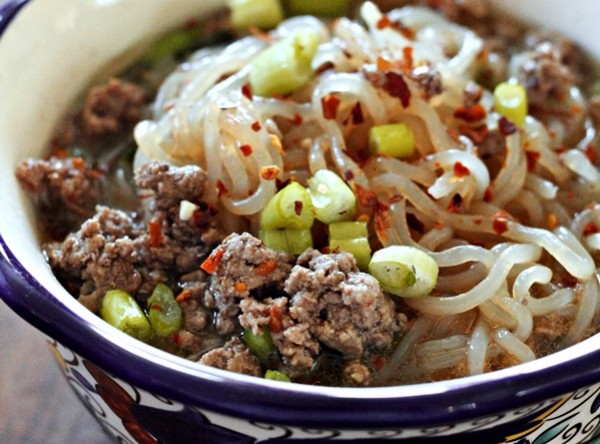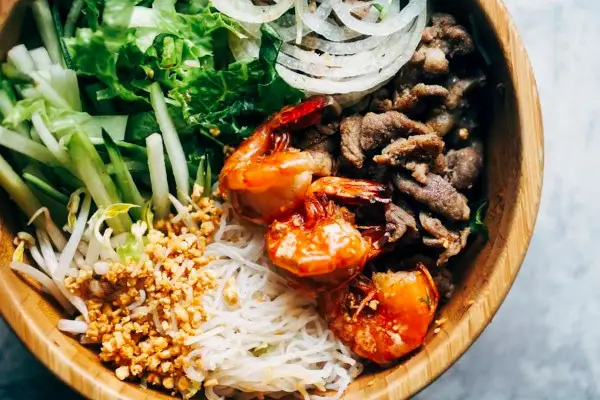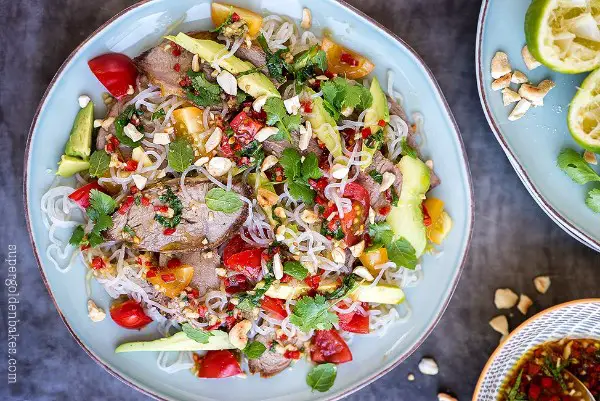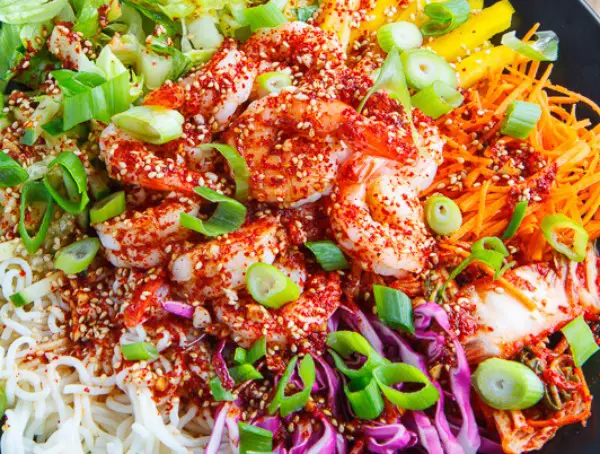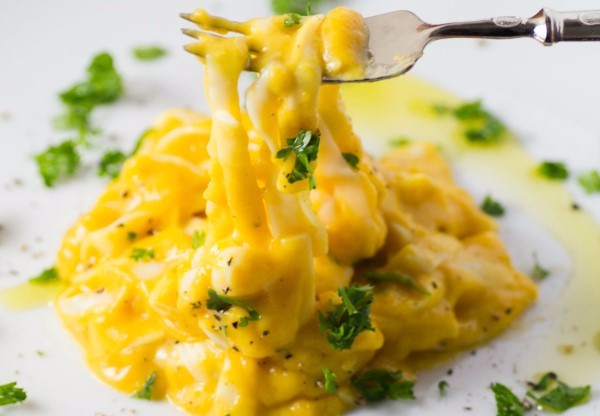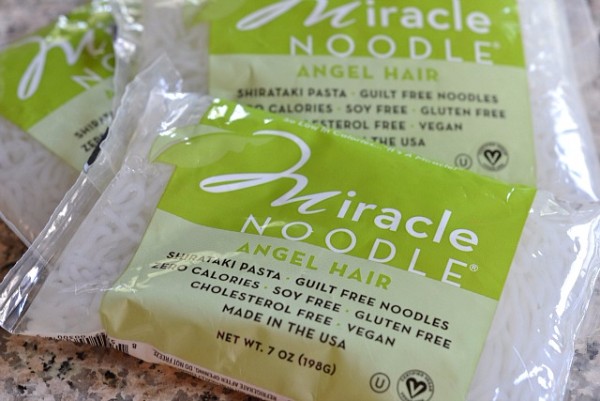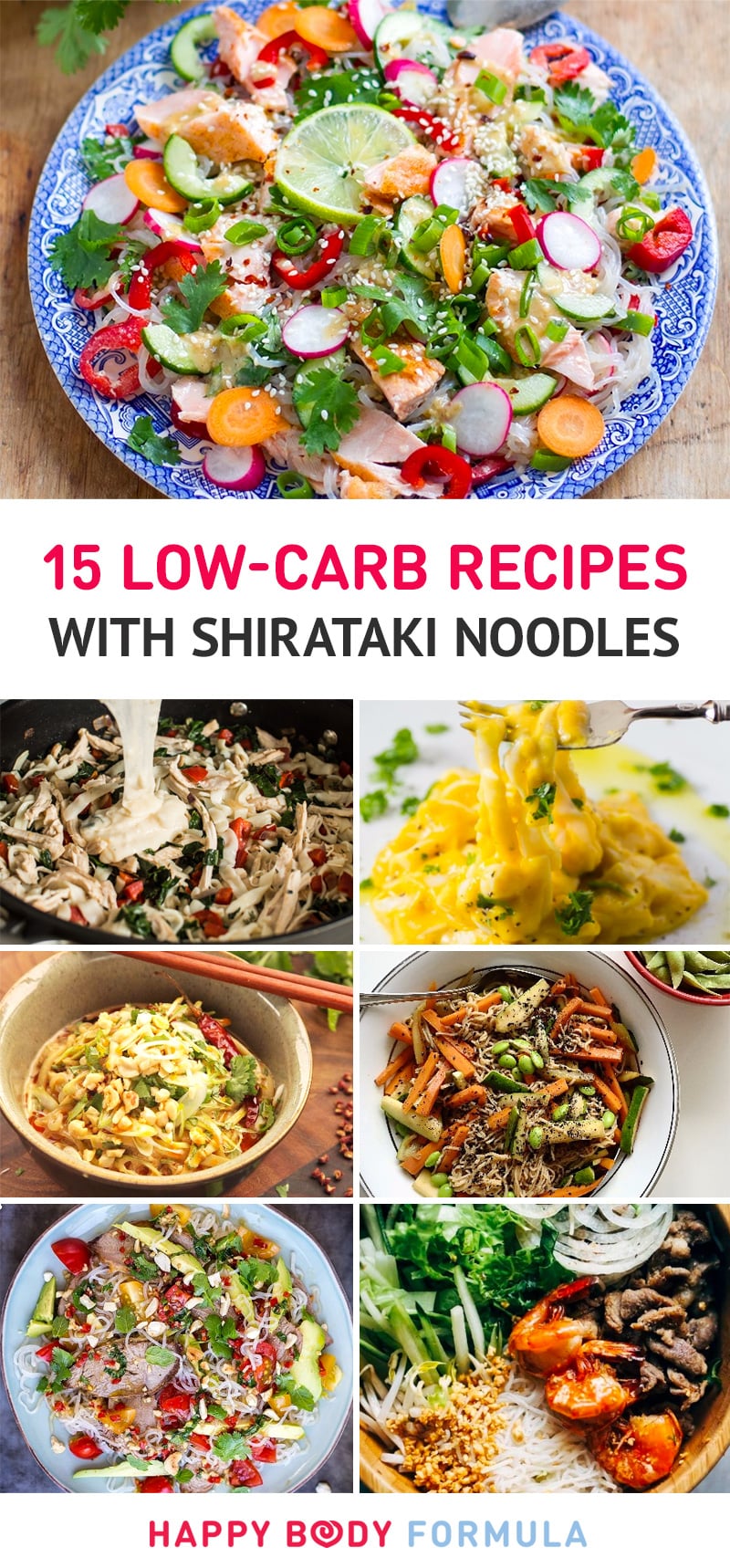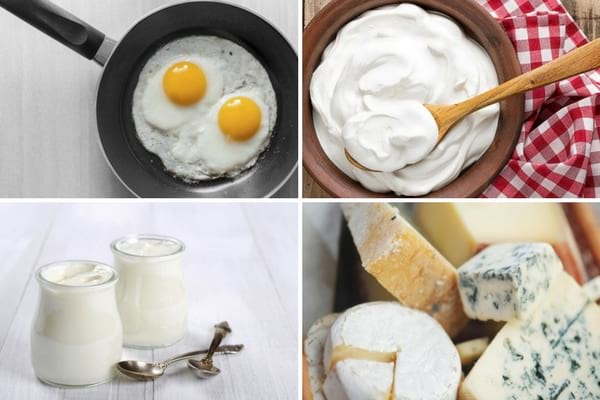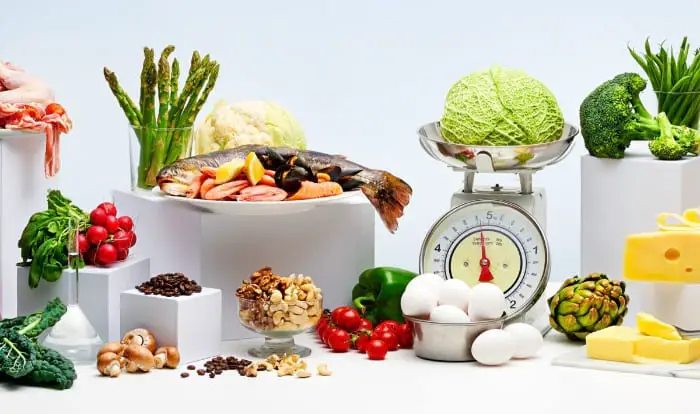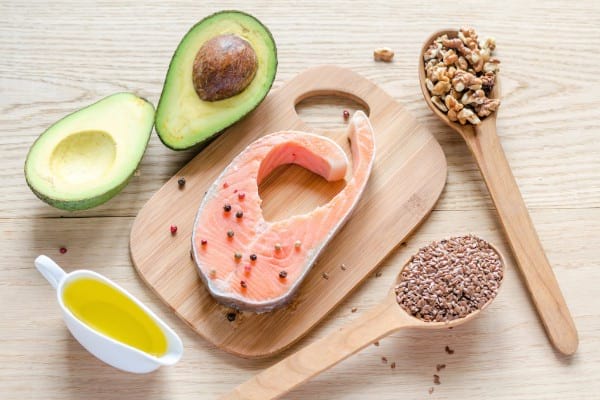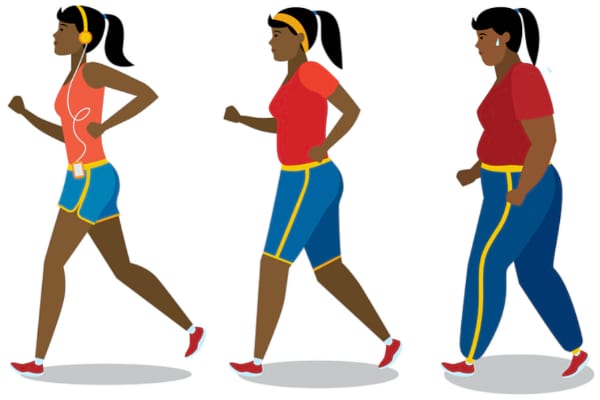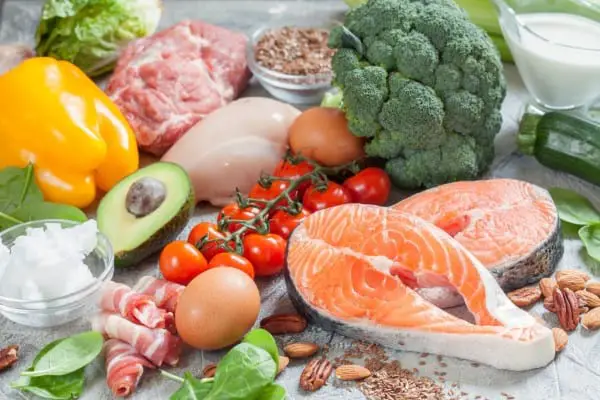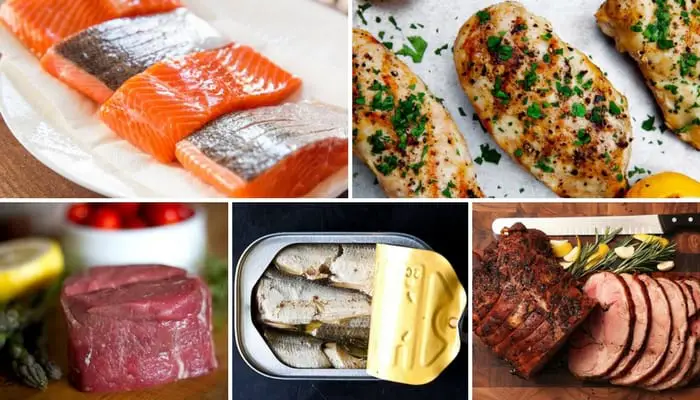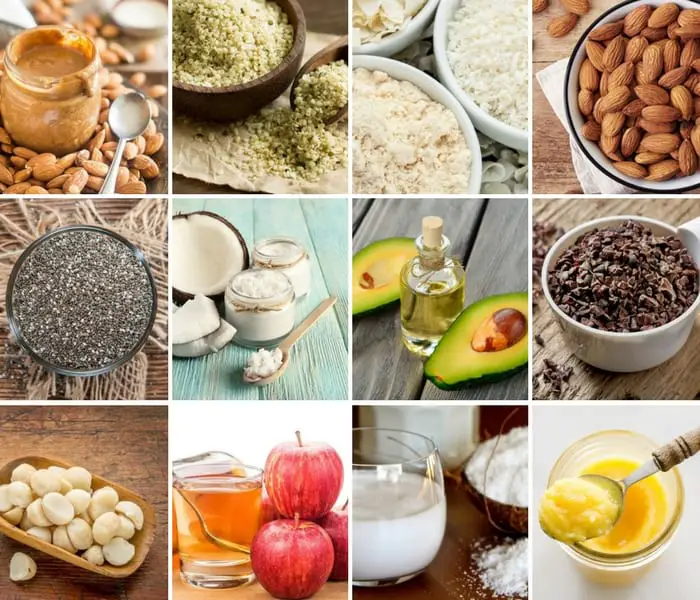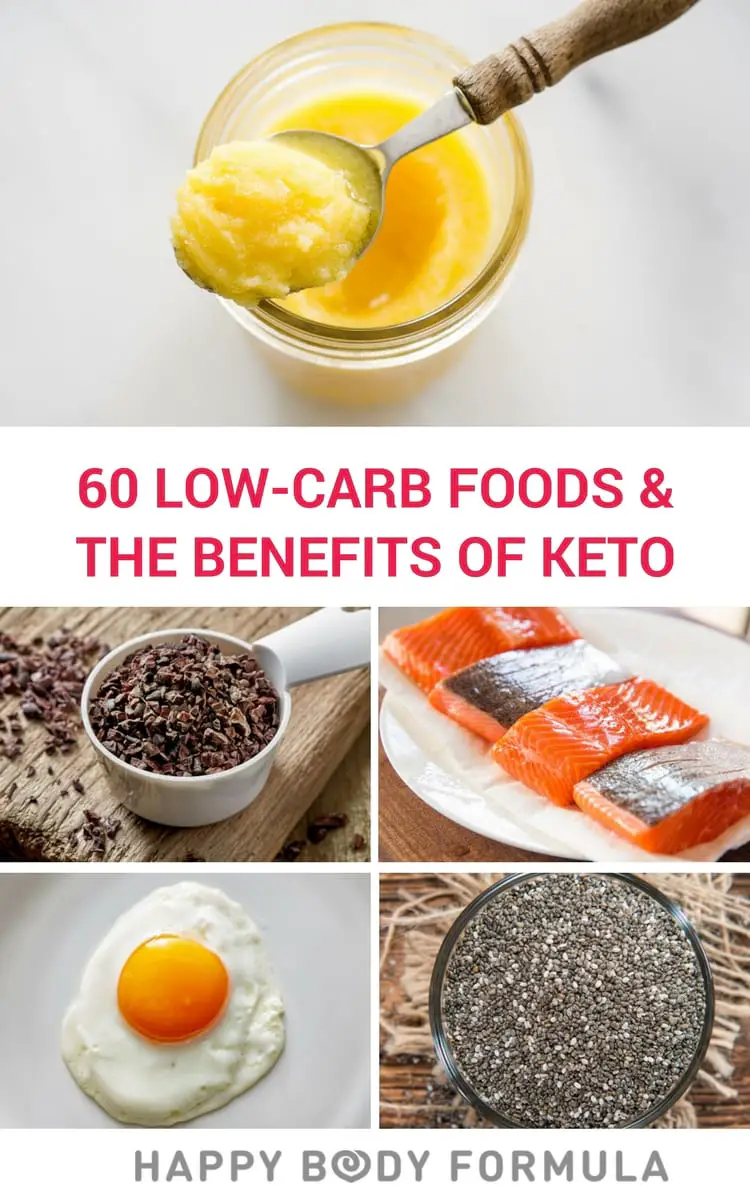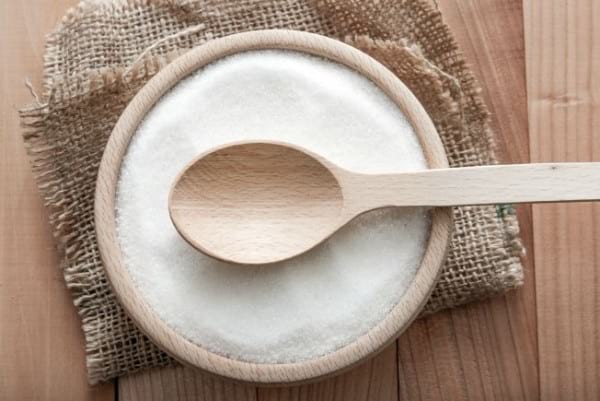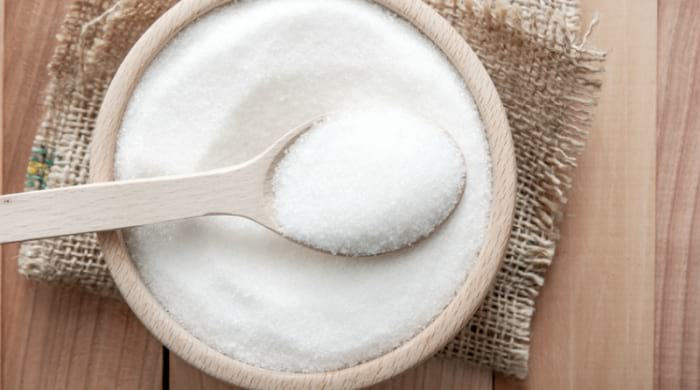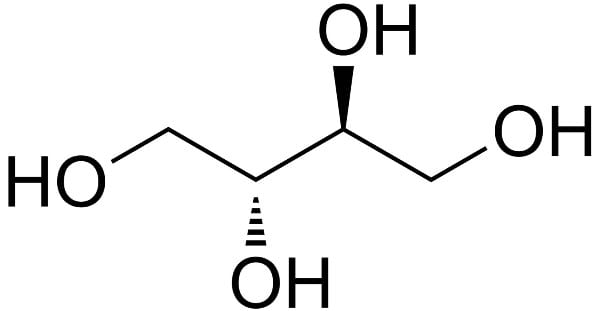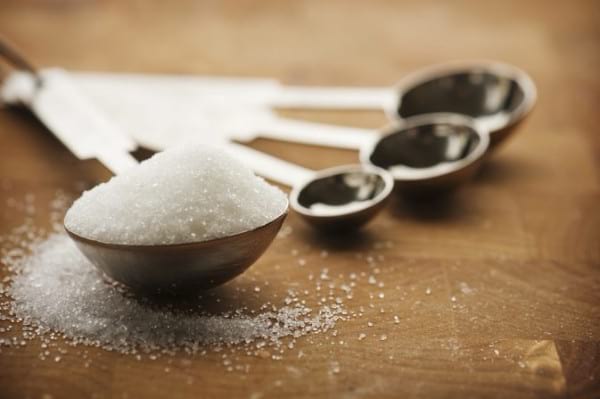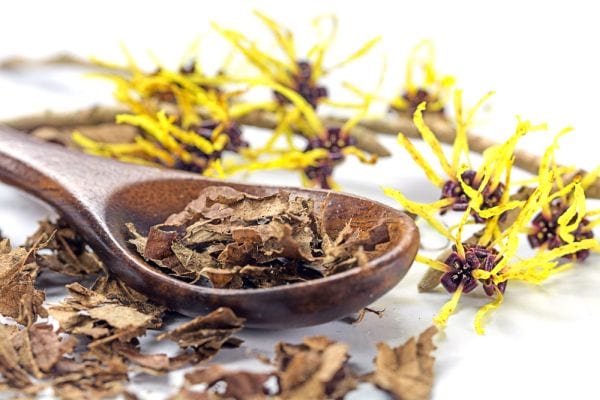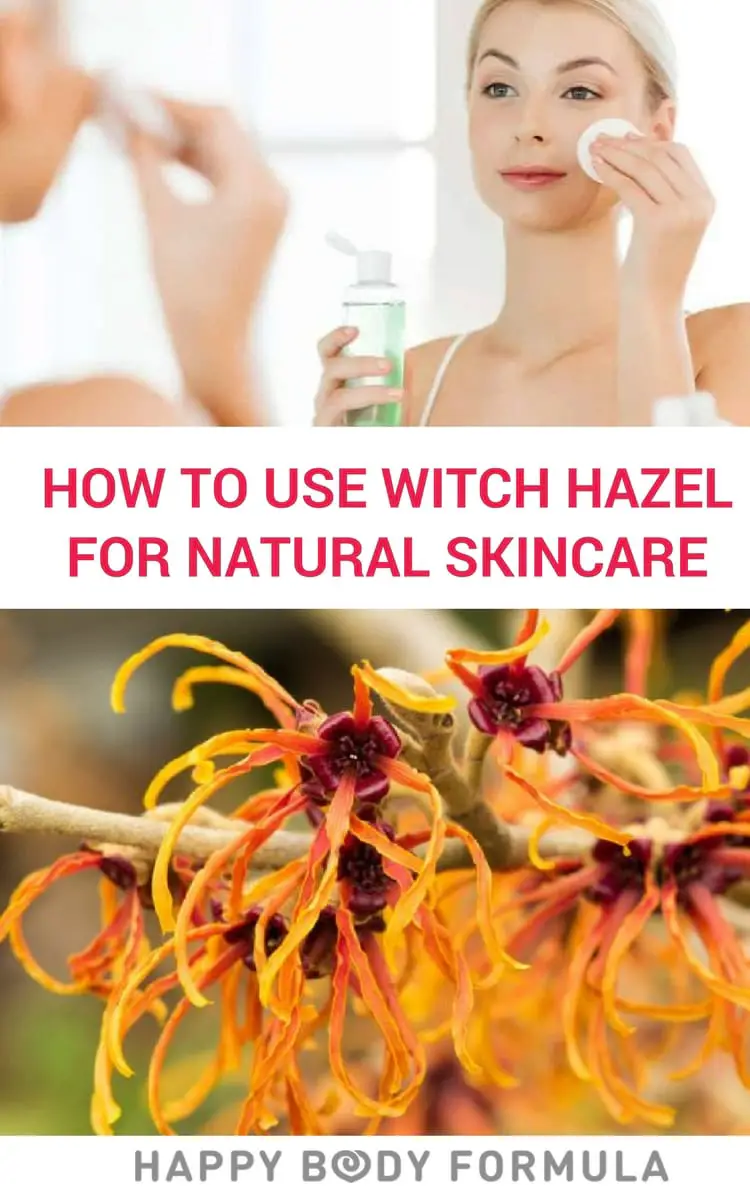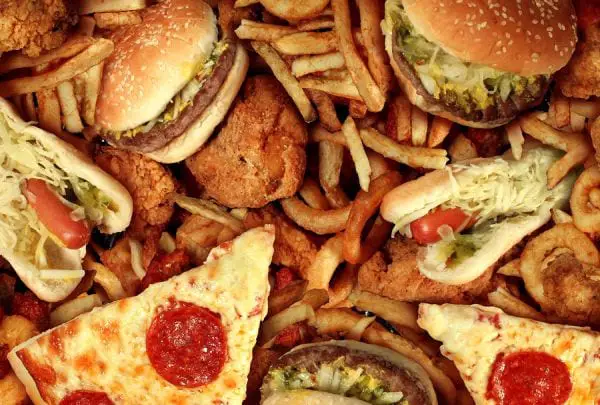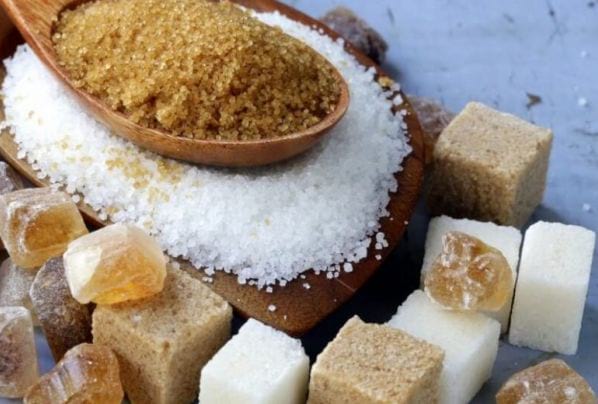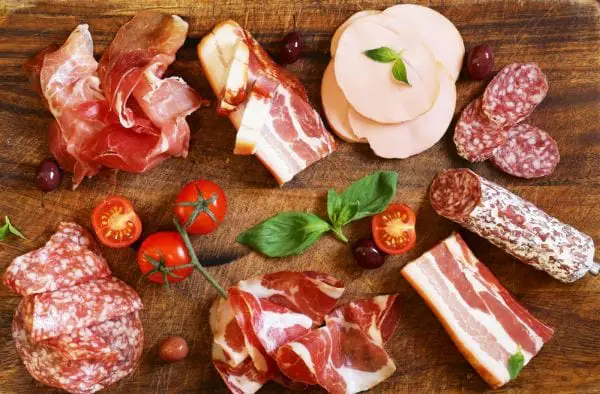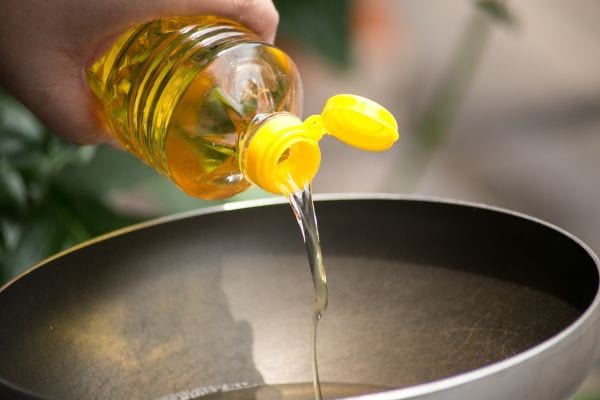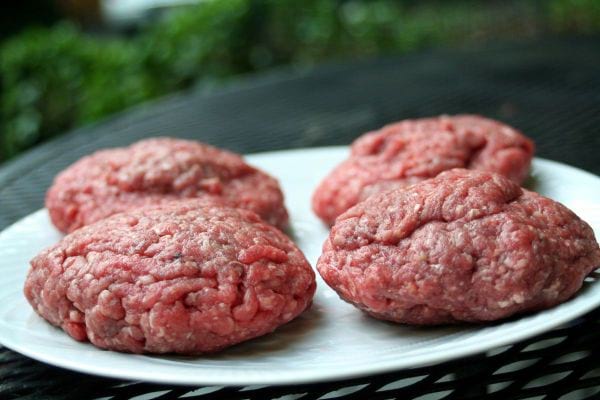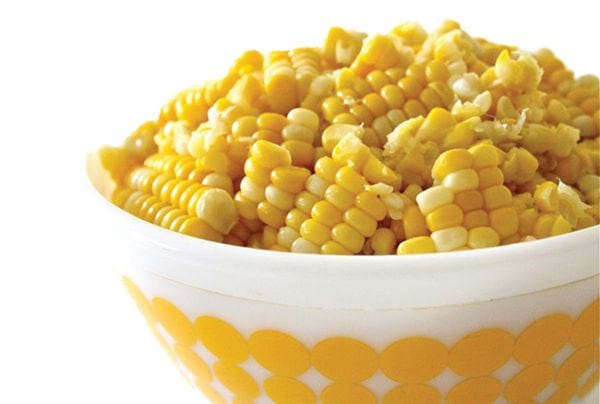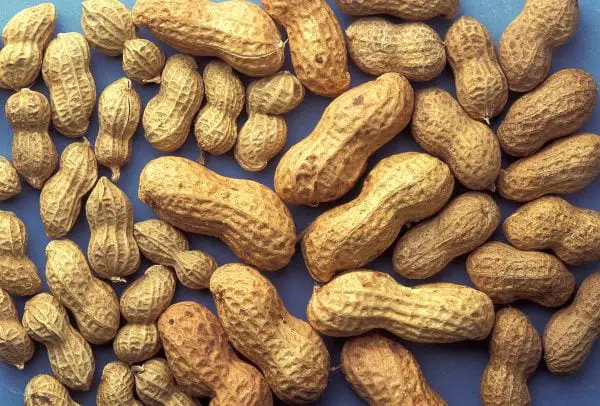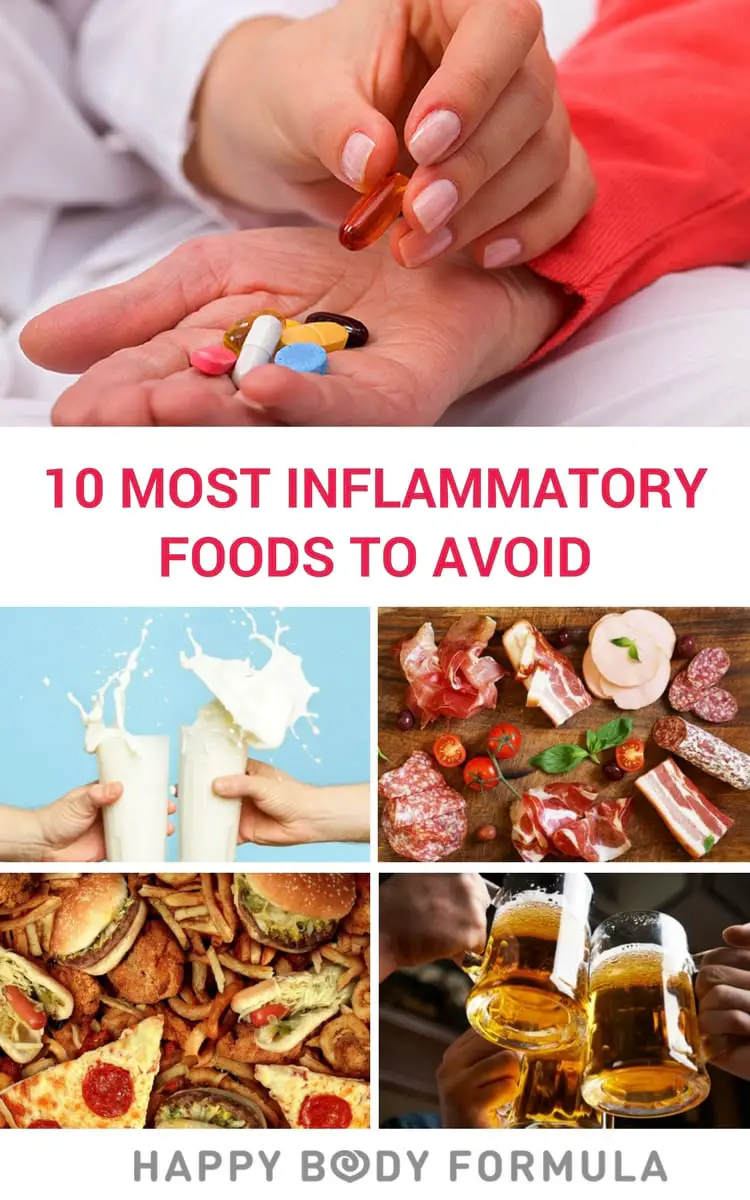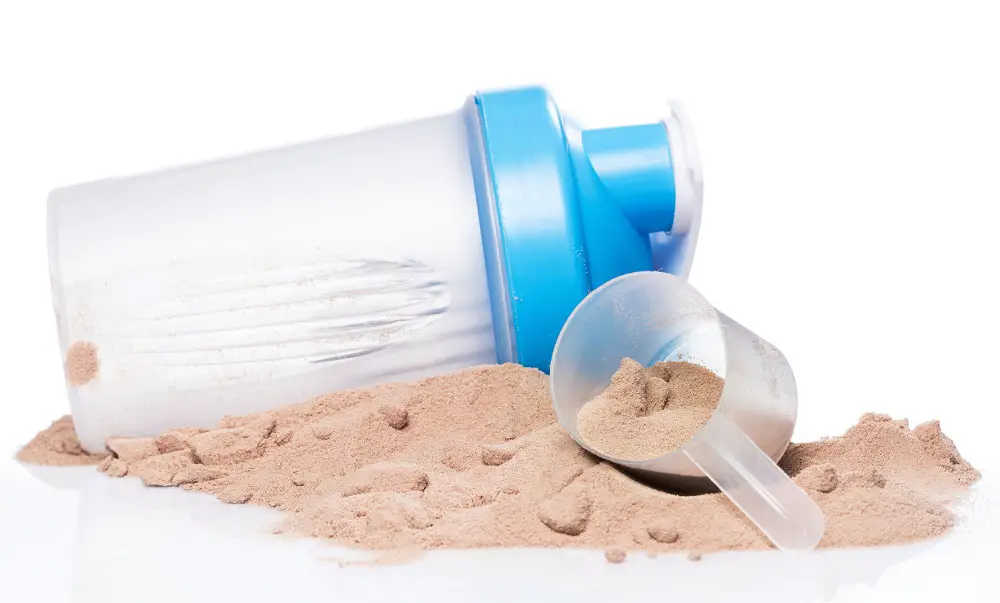
Everything you ever needed to know about paleo protein powder
Protein is the macronutrient that can do no harm. We talk it up and pair it with healthy fats to do it justice while we shun carbohydrates without much reason.
The truth is that you need a little bit of everything to keep operations running smoothly.
The body’s need for protein is a highly convoluted discussion topic which leads us to believe that more = better.
While carbohydrate and fat intake waiver with physical demand and workout routines, protein remains just about the same across the boards.
We need quite a bit of it, but too much protein is just that – too much. Some people’s primal lifestyles present more demand for a paleo protein powder, though.
What supplement is right for you?
Check out the benefits of the best paleo protein powder and Whole30 protein powder options on the market.
Product | Details | Rating |
|---|---|---|
OUR #1 RATED Equip Prime Protein | 4.5 out of 5 | |
Primal Kitchen Primal Fuel Protein | 4 out of 5 | |
Paleo PRO Protein Powder | 4 out of 5 | |
BulkSupplements Paleo Beef Protein | 4 out of 5 | |
Julian Bakery Paleo Thin® Protein | 4 out of 5 |
Not All Paleo Protein Powders Are Created Equal
You can start looking for better paleo diets when you are planning to improve the way that you look, lose weight, and change your confidence.
However, you need to know how to use the diet in a way that will be most helpful to you as a person.
Not all of these diets are the same, and you should begin thinking about which diet you would like to use based on how simple it is, how much accountability you have, and how long a diet cycle lasts.
These top 10 best paleo protein powders on this list that you should try in 2021, and each one of them will make it much easier for you to begin losing weight.
You need a little bit of help to get started, and the rest is handled by the diet plan itself.
Equip Prime Protein
For the performance enhancer
On the hunt for a lean, clean, chocolate protein supplement? This one has what you want. Just three ingredients make this one of the best paleo protein powder options and one of the best flavored powders on the market.
Most of the flavored options are sweetened with stevia including this one, so avoid it if you’re sensitive to the extract or if you’re looking for a Whole30 protein shake. Otherwise, this protein contains just beef protein isolate and cocoa powder.
We particularly like this brand because their product is also derived from grass-fed cows. Beef protein doesn't only add to muscle strength, growth and mass but it also lends itself well to protecting and recovering joint surfaces, connective tissue, ligaments and tendons - important factors if you're supplementing your workouts with the stuff!
- Beef protein isolate includes the benefits of collagen and gelatine. In addition to the protein, you’ll also get a full complex of amino acids and the building blocks of better hair, skin, bones, and nails. Consider this a food product and a beauty product.
- This is the best protein source for people who want to avoid both dairy and eggs. Whey is more easily absorbed and digested by the body, but it’s not technically paleo while this product fits the bill.
- Unsweetened cocoa powder is a bit of a “super food.” It contains zinc, manganese, magnesium, and iron. Cocoa is also thought to boost endorphins which could help improve your mood. You can’t argue the joy that chocolate brings to the plate (or the shake).
PROS
CONS
PaleoPro Protein Powder
For the athlete who needs to fuel u!
We've got no soy, no whey and no sweetener here. Say what?! This is a rarity in the protein powder game, so this brand is a clear winner to us when it comes to transparency and real food ingredients.
They do offer stevia-sweetened powders too, but these aren't compliant Whole30 protein powder options while their classic mix is perfectly acceptable.
So, what IS the stuff made of? A nice mix of egg white protein and beef protein. Basically, it's an easy way to use your blender bottle to eat a nice, hearty, warm breakfast of steak and eggs (well, sort of).
- PaleoPro's beef protein is sourced from grass-fed cows. These cows aren't treated with antibiotics or hormones, so you can ensure that you're getting the best quality protein imaginable. This is sorely overlooked in many whey or beef protein powders on the market which is one of the reasons this brand reigns superior.
- This powder doesn't JUST use the egg whites - it uses the whole egg. If eating real food has opened your eyes to anything, let's hope it's that the yolk is where it's at - it being the nutrition! It's also easier to digest than the whites so this powder is less likely to cause digestive distress.
- At 25 grams of protein per serving, we want to make sure our bodies are actually taking all that in. Rest assured, this powder is highly bioavailable due to its ingredients and minimal denaturing of the beef and eggs. Can you tell we're all about this product? If you're looking for your one-stop shop, this might just be the best paleo protein powder.
PROS
CONS
Primal Kitchen - Primal Fuel Protein
The Primal Kitchen protein is very strong, and it works well for anyone who is trying to upgrade or update their diet.
You will feel much better about the diet plan if you have such a strong protein, and you can even follow their meal plan online if you want to.
You might also want to measure this out for smoothies every day because it helps you get a good start on the day.
PROS
CONS
BulkSupplements Paleo Beef Protein Powder
The beef paleo powder was made from the meat and bones that would make it the most powerful in the industry. Someone who is trying to make the best possible choice for their diet plan.
Diet plans are very easy to manage, and they provide you with a very simple way to make the choices that you need to make. You have to remember that it is much easier to use beef protein because it is like eating heavy meats.
PROS
CONS
Julian Bakery Paleo Thin® Protein Powder
The Julian Bakery protein powder was made for anyone who is trying to make their body healthier.
This is a great place for people to go when they are looking for a specific way that they can change their body because they might need to have a powder that they can use in all their foods. This powder can cover all the things made in the kitchen in a day.
PROS
CONS
Perfect Keto Protein Powder
The Pefect Keto protein powder is meant to do two very important things. This particular powder is something that you might find interesting if you are new to keto diets, or it might be the only thing you can use to get results.
Your body will start metabolizing faster, and you will have a much better sense of yourself because of it.
PROS
CONS
Naked Whey
Naked Whey has been stripped down to its bare essentials so that people can use it without worrying about impacting their health too much.
Someone who is trying to make changes to their diet could go with whey protein because they think that that might be better than a normal diet powder. You will feel much better about yourself, and you can fall in line with many different diets.
PROS
CONS
Ultimate Paleo Protein
For the “happy gut” enthusiast
If you’re looking for a way to compile your supplement intake into fewer individual products, this paleo protein powder could help you narrow down your morning routine.
Like most flavored powders, this contains stevia extract so you can choose whether or not that works for you.
It doesn't impact blood sugar though, and the good ingredients make this a truly healthy choice which we'll explain below.
Overall, the list of ingredients is uniquely designed for a multitude of health benefits and loaded with the best stuff that your body needs!
- The L-glutamine content - 500 mg. per serving - in this product helps to aid protein synthesis, so you know your body is getting the most from this product whether you’re using it before or after your workout. It’s an amino acid for the muscles! It's also a good natural supplement for sleep, so consider this paleo protein shake a good midnight snack option...
- L-glutamine can also be beneficial if you’re hoping to heal leaky gut. Gut health is such an important part of the paleo diet and a proper meal plan, so feeding it the right foods to help the good bacteria thrive is crucial. Speaking of the gut…
- This product contains 2 billion strains of probiotics! How’s that for a protein powder? Probiotics help to assure that the good bacteria in the gut outweigh the bad, leading to endless benefits including better digestion, gut permeability, immunity and more.
- The inclusion of MCT oil (medium-chain triglycerides) makes this food easily used by the body as energy, so it’s an all-inclusive source of both fuel and recovery. MCTs are thought to potentially aid the body in weight loss as well.
PROS
CONS
Sports Research Collagen Peptides Powder
The collagen peptides powder is perfect for many people because it will help them lose weight and activate their body to increase its metabolism.
Someone who is trying to make a change to their body needs to be sure that they have taken a look at their options so that they can begin getting back into shape.
You can use this product with no flavor because it can serve the utilitarian purpose of helping you get back in shape.
PROS
CONS
Amy Myers, MD Paleo Protein
Amy Myers has an unflavored pales protein that will work wonders for most people who are trying to lose weight or get on some kind of diet plan.
You need to be certain that you can change the way that you manage your diet by putting these powders in your shakes, or you could use them in your foods to make them a much healthier version of what you already had.
The paleo powder is just one step, but it was developed by a doctor.
PROS
CONS
Our Recommended Paleo Protein Powder
The paleo diet that you have chosen should be selected based purely on the results that you think you can get. Most people who are on a paleo diet are trying to lose as much weight as possible, and they will work very hard trying to make that happen.
However, you have to be sure that you have taken a look at the diets to learn which would be most beneficial to you. Some people would prefer a diet that is very involved because they need to have many steps to follow.
Other people would prefer to use a diet that has basic guidelines that they can use to eat well. Choose the diet you rethink is best so that you can get the results that you need, look great, and feel confident.
References
Music, mountains, dogs, travel, food and friends.

